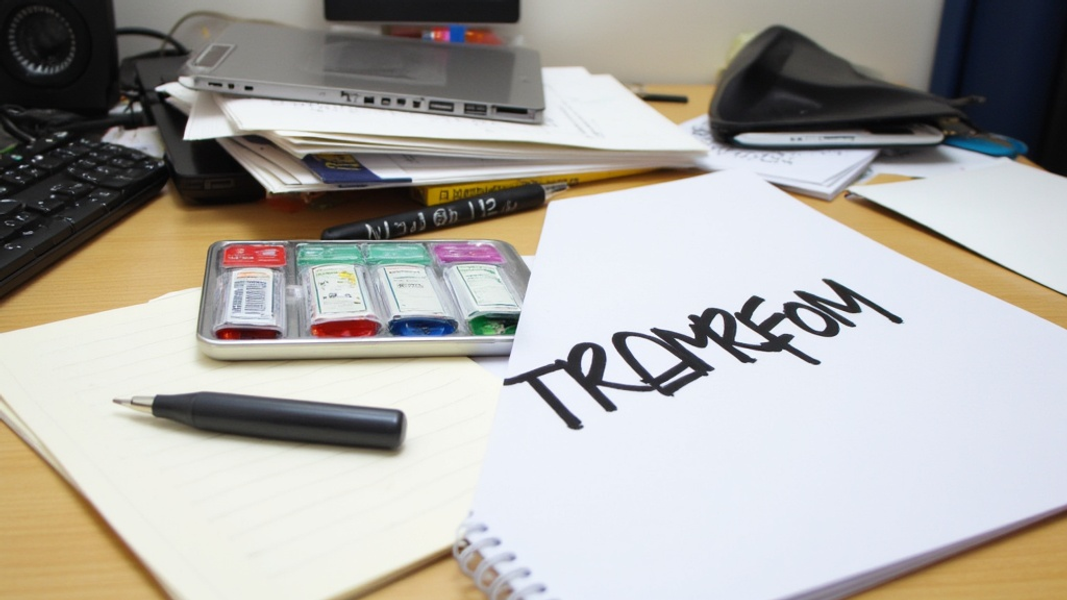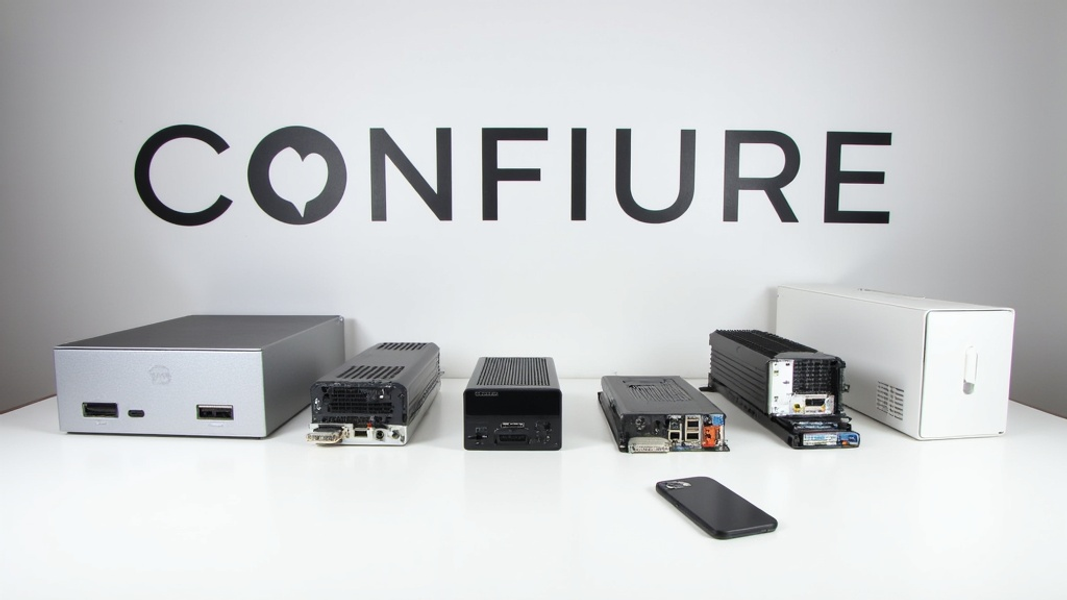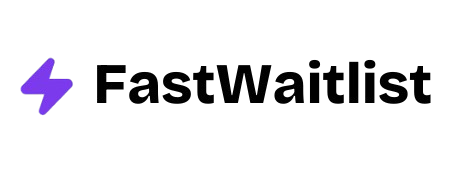
Did you know that the average landing page conversion rate across industries is just 2.35%? But the top 25% of landing pages convert at 5.31% or higher. This huge gap shows there's lots of room to improve. In this post, we'll explore actionable landing page ideas to help you join the top performers and boost your conversions.
The Basics of High-Converting Landing Pages
Before we dive into creative ideas, let's cover the fundamentals. These core elements form the foundation of any successful landing page.
Clear Value Proposition
Your value proposition should grab attention right away. Put it front and center, above the fold. Tell visitors exactly what you offer and why it matters to them. Use simple words that anyone can understand.
For example, Dropbox's landing page headline is clear and direct: "Everything you need for work, all in one place." This quickly tells visitors what the product does and its main benefit.
Focused Call-to-Action
Your landing page should have one main goal. This could be signing up for a free trial, downloading an ebook, or making a purchase. Whatever it is, make your call-to-action (CTA) stand out.
Use a button color that contrasts with the rest of the page. Make the text action-oriented, like "Start Your Free Trial" or "Get Your Ebook Now." Place your CTA button in multiple spots on the page, especially after you've explained key benefits.
Social Proof
People trust other people more than they trust companies. That's why social proof is so powerful. Include testimonials from happy customers, showcase logos of well-known clients, or display awards you've won.
Basecamp does this well by showing a scrolling list of customer quotes right on their homepage. This instantly builds trust with potential users.
Design Elements That Drive Conversions
Now that we've covered the basics, let's look at design elements that can make your landing page more effective.
Visual Hierarchy
Guide visitors' eyes to the most important parts of your page. Use larger fonts for headlines and key benefits. Put your main offer and CTA button in a spot that naturally draws attention.
Colors play a big role too. Use bright or contrasting colors for elements you want to highlight. Muted colors work well for less important information.
Compelling Imagery
A picture is worth a thousand words, especially on landing pages. Use high-quality photos of your product in action. Or show happy customers using your service.
If you offer something less tangible, like software, use screenshots or custom illustrations to explain how it works. Infographics can be great for breaking down complex information into easy-to-understand visuals.

Effective Use of White Space
Don't cram every inch of your page with content. Give important elements room to breathe. This makes your page easier to read and helps key information stand out.
White space (also called negative space) doesn't have to be white. It's just empty space around page elements. Use it to create a clean, uncluttered look that keeps visitors focused on what matters.
Copywriting Techniques for Landing Pages
Great design catches the eye, but compelling copy seals the deal. Here are some tips for writing landing page copy that converts.
Crafting Powerful Headlines
Your headline is often the first thing visitors read. It needs to grab attention and make them want to learn more. Here are some effective approaches:
- Address a pain point: "Tired of Wasting Time on Repetitive Tasks?"
- Highlight a key benefit: "Get More Done in Less Time"
- Use numbers: "Boost Your Productivity by 50% in Just 30 Days"
Test different headlines to see what works best for your audience.
Writing Persuasive Body Copy
Once you've hooked visitors with your headline, your body copy needs to keep them interested. Focus on benefits, not just features. Don't just list what your product does. Explain how it makes your customers' lives better.
Use short paragraphs and simple language. Break up long sections with subheadings. This makes your copy easier to scan and understand.
Include specific details and examples. Instead of saying "Our app saves you time," try "Our users save an average of 5 hours per week on data entry tasks."
Call-to-Action Best Practices
Your CTA is where you ask visitors to take action. Make it clear and compelling. Use action words like "Get," "Start," or "Join." Be specific about what they'll get, like "Start Your Free 14-Day Trial" or "Download Your Free Ebook."
Create a sense of urgency if possible. Limited-time offers or limited spots available can encourage people to act now instead of later.
10 Innovative Landing Page Ideas to Try
Now let's explore some creative ideas to make your landing pages stand out and boost conversions.
1. Interactive Product Demos
Let visitors try your product right on the landing page. This works especially well for software or apps. Ahrefs does this by letting you enter a URL to see some basic SEO data, giving a taste of what their full tool can do.
2. Personalized Landing Pages
Use data you have about visitors to customize the page content. This could be as simple as showing different headlines based on the ad they clicked or the search term they used.
3. Video Backgrounds
A short, looping video can add visual interest without being distracting. Just make sure it doesn't slow down your page load time too much.
4. Gamification Elements
Add interactive elements that make exploring your offer fun. This could be a quiz to help visitors find the right product, or a simple game that relates to your brand.
5. AI-Powered Chatbots
Use chatbots to answer common questions and guide visitors to the right information. This can help overcome objections and increase conversions.
6. User-Generated Content Showcases
Display photos or reviews from real customers using your product. This builds trust and helps potential buyers picture themselves using your offering.
7. 360-Degree Product Views
For physical products, let visitors explore from every angle. This can be especially effective for things like furniture or electronics.
8. Before/After Sliders
Show the transformation your product or service can create. This works well for things like home improvement services, fitness programs, or photo editing software.
9. Social Proof Counters
Display real-time stats like number of customers, products sold, or current users. This creates a sense of popularity and FOMO (fear of missing out).
10. Exit-Intent Popups
Catch visitors before they leave with a special offer or important information. Just use these sparingly to avoid annoying your audience.

Landing Page Templates for Different Industries
While custom designs are great, sometimes you need to get a page up quickly. Here are some tips for using templates effectively in different industries.
SaaS Landing Page Templates
For software-as-a-service (SaaS) products, focus on showcasing key features and integrations. Use screenshots or short videos to demonstrate how the software works. Highlight any free trial offers prominently.
Ecommerce Product Landing Pages
For online stores, high-quality product images are a must. Show the product from multiple angles and in use if possible. Include clear pricing, shipping information, and a prominent "Add to Cart" button.
Lead Generation Landing Pages
If your goal is to collect leads, keep the page focused on your offer. Whether it's an ebook, webinar, or free consultation, make the value clear. Use a short form to reduce friction and increase sign-ups.
A/B Testing Your Landing Page Ideas
Once you've implemented some of these ideas, don't stop there. Continuous testing and improvement is key to maximizing your conversion rates.
Start by testing big changes, like different headlines or page layouts. Once you find a winner, move on to smaller elements like button colors or image choices.
Some key elements to test include:
- Headlines
- CTA button text and color
- Images and videos
- Page layout and design
- Form length and fields
- Social proof elements
Use tools like Google Optimize or Optimizely to run your tests. Make sure to run tests for long enough to get statistically significant results.
Remember, what works for one company might not work for yours. The only way to know for sure is to test and measure the results.
Frequently Asked Questions
How long should my landing page be?
There's no one-size-fits-all answer. It depends on what you're offering and how much information visitors need to make a decision. As a general rule, include enough information to overcome objections and convince visitors to take action, but no more. Test different lengths to see what works best for your audience.
Should I remove navigation from my landing page?
In most cases, yes. Removing navigation helps keep visitors focused on your offer and reduces distractions. However, if you're sending traffic from your main website, you might want to keep some minimal navigation to maintain brand consistency.
How can I improve my landing page load speed?
Page speed is crucial for conversions. Some ways to speed up your page include:
- Optimizing images for web
- Minimizing HTTP requests
- Using a content delivery network (CDN)
- Enabling browser caching
- Minifying CSS and JavaScript
Use tools like Google PageSpeed Insights to identify specific improvements for your page.
Conclusion
Creating effective landing pages is both an art and a science. Start with the fundamentals: a clear value proposition, focused CTA, and strong social proof. Then experiment with design elements and copywriting techniques to make your page more compelling.
Try out some of the innovative ideas we've covered, like interactive demos or personalized content. But remember, always test new ideas against your current page to make sure they're actually improving conversions.
With these landing page ideas and a commitment to ongoing testing and improvement, you'll be well on your way to boosting your conversion rates and achieving your marketing goals.
